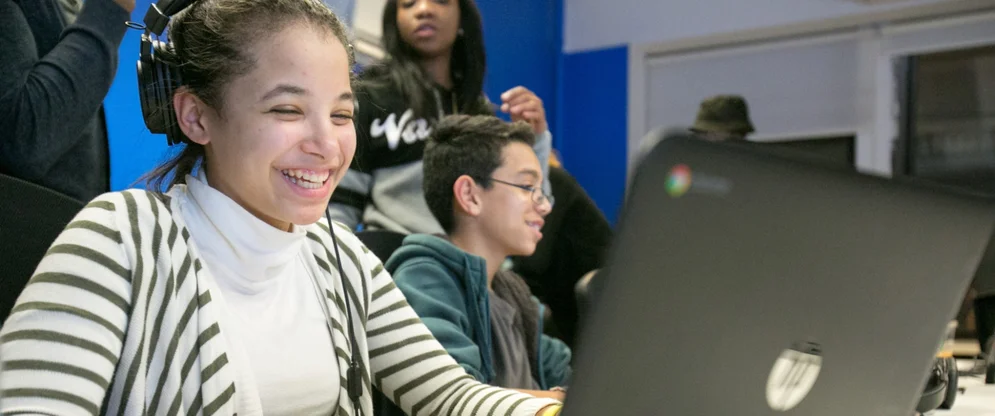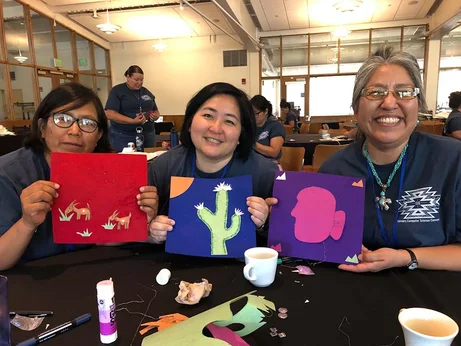Change culture, not curriculum, to get more women into computer science
Editor's note: Carol Frieze, PhD, is Director of Women@SCS and SCS4ALL, Carnegie Mellon School of Computer Science. Jeria Quesenberry, PhD, is an Associate Teaching Professor in the Information Systems program at Carnegie Mellon Dietrich College.They are the authors of a new book, Kicking Butt in Computer Science: Women in Computing at Carnegie Mellon University which tells the positive story of how one school developed a culture and environment in which both women and men could thrive and be successful in computer science.
In 2014, the incoming computer science (CS) class at CMU comprised 40% women at a time when the national rate for female CS graduates was around 14%. We set out on a ten-year long research endeavor to understand the story of how CMU got here. We tell that positive story in our new book, Kicking Butt in Computer Science: Women in Computing at Carnegie Mellon University, and here we’ll share the six primary takeaways that contributed to this success, which we believe are applicable to other organizations and workplaces.
1. Women do not need a “female-friendly” curriculum.
Curriculum should depend on what we are trying to teach and learn, not on prioritizing one gender over another. Changes to improve the curriculum should be for the benefit of all students. Basing coursework on what people think interests women can perpetuate stereotypes. This approach can also be applied to the workplace. Women do not need “soft” or “female-friendly” roles -- career opportunities should be based on organizational needs, not on what we think we know about women.
2. Cultural change is the key.
If the culture of a computer science program is dominated by “geeky stereotypical” archetype research shows that women and minorities (and even other white males) may feel excluded from the field. Data show that, in the case of CS, it is usually women and minorities and people with disabilities who are poorly represented. Efforts should be directed at being more inclusive of a wide range of personalities enabling all to have opportunities including leadership, visibility, encouragement, networking, mentorship, and advocacy. For example, in 1999, the CMU School of Computer Science dropped the programming admission prerequisite, resulting in a more diverse set of incoming students.
3. Culture can be changed at the micro level.
Evidence for culture as the key also comes from other countries where girls are well represented in CS. In the US, there is a strong cultural belief that men and women are very different, so different that they are suited to different fields of study and careers. We need to change these perceptions and show that women can be successful in CS. We’ve witnessed cultural change within the CS department at CMU. For example, our student organizations, such as SCS4ALL and Women@SCS, promote diversity, which continues to be part of the larger CMU strategic plan.
4. Cultural factors are more important than gender differences.
Men and women may not be so different after all. Our studies with CS majors at CMU show that men and women relate to computer science through a spectrum of attitudes and with more similarities than differences. Indeed, at CMU we’ve not seen the familiar, simplistic gender divide in attitudes to CS. We’ve seen similar attitudes even extend to identifying with the image of a “geek--” a word once shunned. In our studies, the only real gender difference centered around confidence levels, with men showing much higher rates of confidence than women. This is a cultural issue that reaches many areas, not just CS.
5. Institutional support is critical.
Institutional support, such as administrative help, funding, and an explicit leadership vision, can signal the authorization and influence to show that diversity is an essential part of an organization’s value system. Support for the creation of a women’s group (or a group of shared ethnicity), can be valuable for building community and for increasing and sustaining the pipeline.
6. Success stories are important.
Lots of people have documented the problem of low female enrollment in CS and women leaving the technology industry. But there is less sharing of the success stories. We need to hear more inspirational stories of success like CMU, including our approaches and recommendations. By showing more women how they might succeed in CS, we will help more programs -- and ultimately the profession -- become more inclusive.






